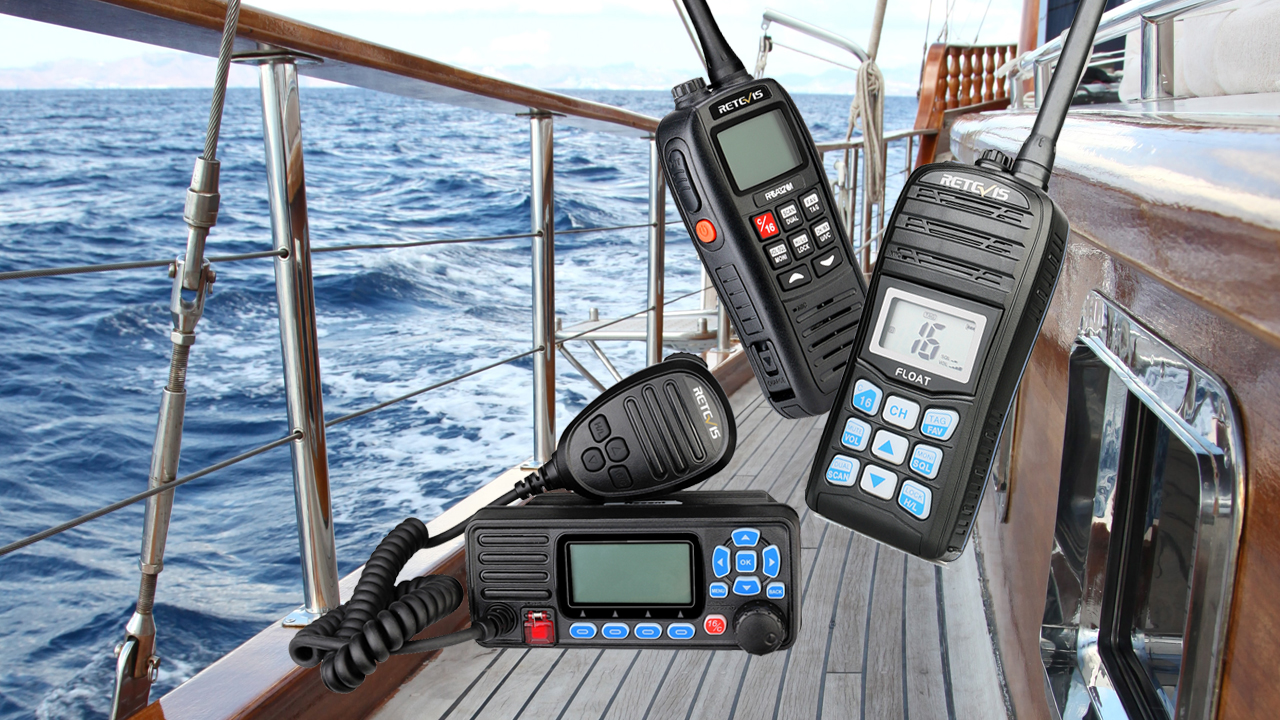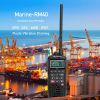Types of marine radio

There are three types of marine radio available.
27 MHz marine
27 MHz marine radios, commonly called 27 'meg', are popular for use on recreational boats and provide short-range communications, but not the range or performance of a VHF radio.
They would be suitable for operating in protected and semi-protected waters or in unprotected waters within the range of a coast station. 27 MHz Marine radios do not need to be licensed and no operator's licence is required to use one.
27 MHz marine may be monitored by other recreational vessels or at various locations and hours of operation by Volunteer Marine Rescue radio bases.
VHF marine
VHF marine transceivers provide better short-range communications than a 27 MHz radio.
They are suitable for operating in protected and semi-protected waters or in unprotected waters within the range of a coast station or a VHF marine repeater station.
An operator's licence is required to use a VHF marine radio but no licence is needed to have one fitted on your boat.
VHF channel 16 distress and safety messages
Distress and safety messages are transmitted on VHF channel 16. You should monitor channel 16 to listen for distress calls from other boats. VHF channel 16 is monitored 24 hours per day in the Outer Harbor area by Flinders Ports.
All commercial ships operating at sea are required by law to carry and monitor VHF channel 16.
VHF channel 16 and repeater channels may be monitored by other recreational vessels, and at various locations and hours of operation by Volunteer Marine Rescue radio bases.
Note: Further information including repeater locations and channels is in the latest tide tables book.
MF/HF marine
MF/HF marine transceivers offer medium to long-range communications.
Installation of a:
- MF/HF transceiver capable of operating on the HF marine voice distress frequencies is highly recommended where operating in unprotected waters up to 200 nautical miles offshore
- HF DSC (GMDSS compliant 4.64MB) marine transceiver is recommended when vessels operate more than 200 nautical miles offshore.
Services available on HF radio include:
- Modernised Ship Tracking and Reporting System (MASTREP)
- Bureau of Meteorology marine weather forecasts and warnings.
An operator's licence is required to use a MF/HF marine radio and a licence is also required to have one fitted on your boat. The boat will be issued with an official marine radio callsign for use with the MF/HF radio.






